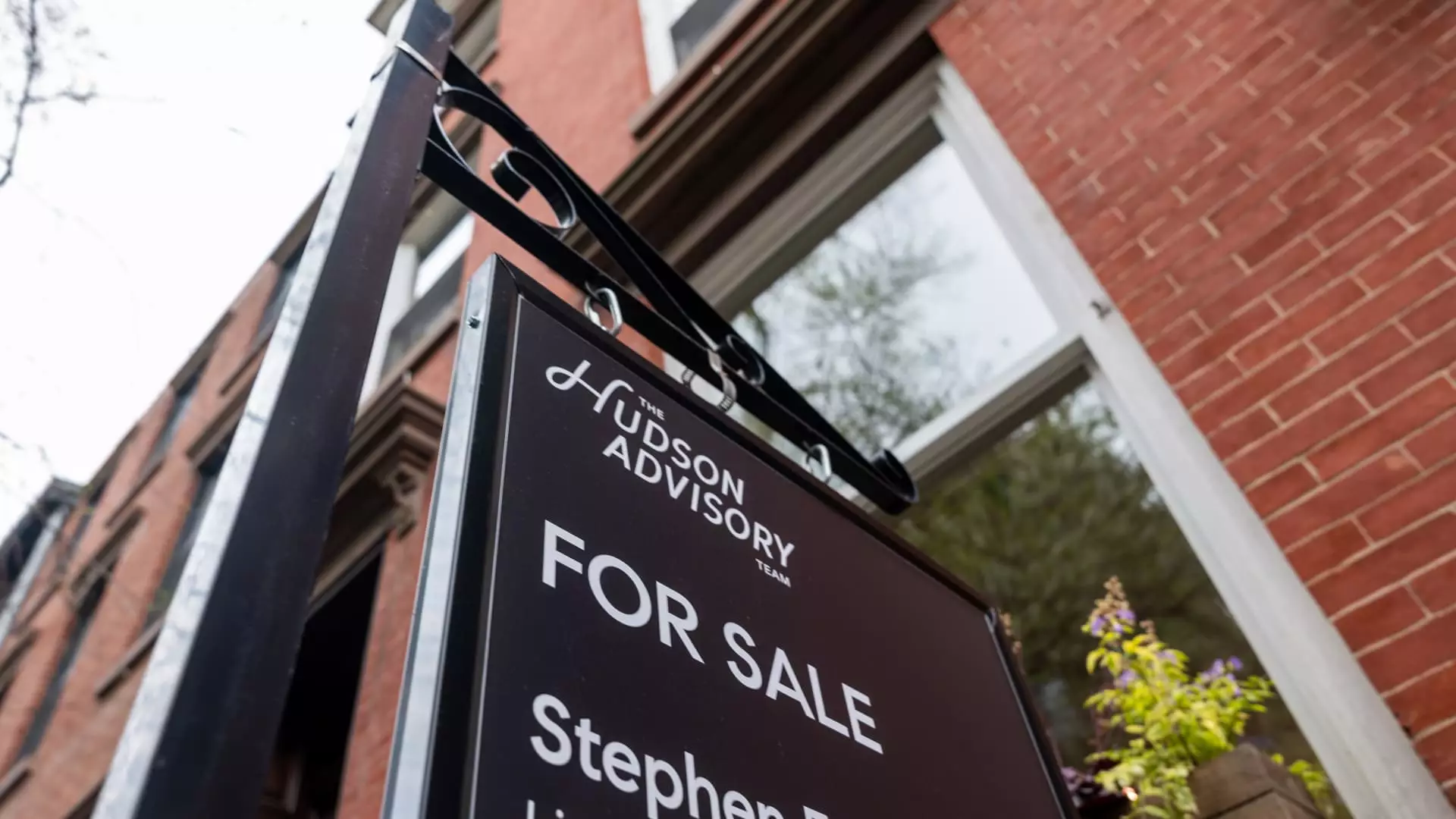In what can only be described as a gut-wrenching escalation, the average rate for a 30-year fixed mortgage has ballooned to 7.1%. This stark jump of 13 basis points signals a severe warning for potential homeowners. The last time rates were this high, we saw a somewhat stable market in mid-February. However, the volatility we’ve witnessed over just a week reveals an unpredictable landscape, driven predominantly by governmental influences and market shifts.
No one can ignore the impact of President Trump’s newly implemented tariffs, which have sent bond yields into chaos. Initially triggering a spike, his recent decision to subsequently lower the tariff rate on most countries only partially helped the situation. It’s important to note that tariffs on Chinese imports remain as high as 145%, contributing directly to the uncertainty in the financial markets. While everyone should be on high alert, this volatile environment might also present unique opportunities for those savvy enough to navigate the storm.
Market Reactions: What Does This Mean for Americans?
The correlation between mortgage rates and the 10-year Treasury yield isn’t just numbers on a graph; it’s a significant topic affecting families and their financial futures. As Matthew Graham, COO of Mortgage News Daily, points out, we are witnessing a historical surge that could be likened to a rollercoaster for bonds. However, let’s not sugarcoat the situation—the fact is, unless you’ve been around since before 1981, you’re likely experiencing the most turbulent week for bond yields ever seen.
The uptick in consumer sentiment reports shows a stark contrast as inflation expectations have skyrocketed from 5% in March to 6.7% in April—another level not seen since 1981. So, not only are mortgage rates high, but inflation is also rising, complicating the financial landscape for everyday Americans. If you’ve been thinking about purchasing a home, this reality could crush your dreams of affordability and equity, potentially leaving you with fewer options than before.
A Buyer’s Dilemma: Navigating the Spring Housing Market
As we delve into the pivotal spring housing market, one can’t help but feel the weight of this financial burden on the average consumer. The housing market isn’t just a sector of the economy; for most, it represents the single largest investment they’ll make in their lives. With rising interest rates along with inflation anxieties, the pursuit of homeownership now seems like climbing a steep mountain without a clear pathway.
This isn’t merely an economic observation; it’s a rallying cry for prospective buyers and policymakers alike. Access to affordable housing should be paramount, yet the current state of soaring rates threatens to alienate potential first-time homebuyers, exacerbating class divisions and hindering social mobility. We need to start a lively discourse on how our policies can better support those striving for homeownership, especially in a time where the dream seems increasingly out of reach.
As we navigate this tumultuous market, let’s not lose sight of the human stories behind these numbers. The personal stakes are incredibly high, and we must prioritize discussions about creating a more equitable system that serves us all rather than those already thriving in the upper echelons of society.

